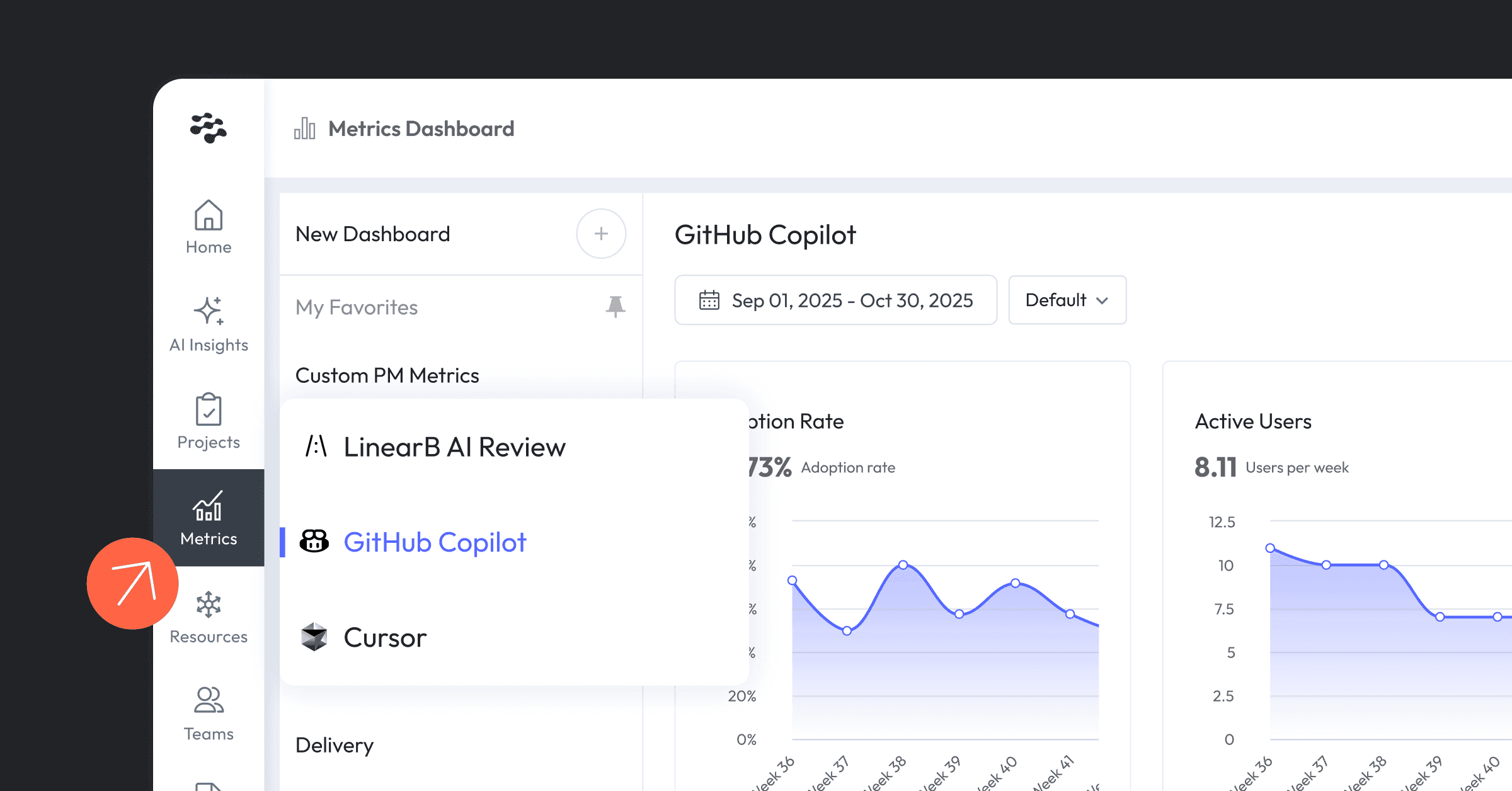The ideal daily scrum is concise and meaningful. After all, it’s just a check-in that’s time-boxed for 15 minutes. However, if you’re able to get everyone on the same page about what they’ll be working on in 15 minutes, you haven’t only managed a good meeting; you’ve performed a miracle.
It’s surprisingly difficult to keep everyone on track and relay information quickly. It should be simple; each member of the development team just answers three questions:
- What did I work on yesterday?
- What am I working on today?
- What are my blockers?
However, these can drag, making people lose focus and wasting everyone’s time. If you’re struggling with your team’s daily scrum, we’ve got your back. We’ll discuss five ways to improve your meetings and encourage productivity in your team.
Table of Contents
- Set Your Agenda Ahead of Time
- Stay Focused
- Unify Your Sources of Information
- Communicate Blockers
- Boost Team Spirit
1. Set Your Agenda Ahead of Time
Since the meeting only lasts a few minutes, everyone on the team needs to know what they’re going to say. If anyone comes in unprepared, “um-ing” and “well-ing” their way through, they’re going to draw the meeting out or eat into somebody else’s time. Either way, it’s not fair for anyone else, and it’s so boring.
To avoid this, share a list of issues and objectives to discuss ahead of time. Prioritize items actively being worked on or those that haven’t been started yet. With LinearB’s Pulse Dashboard, the development team and the product owner can view all Git activity and Jira tickets in real-time from a single place, making it easier for everyone to prepare for your meetings.
Better yet, convert the first two questions into a Slack message prior to the meeting. Our COO Dan Lines recommends you swap out status updates with two more valuable questions:
- What’s distracting me from my #1 priority?
- Will we ship on time?
Learn more about his ideas on the Daily Standup 2.0.
2. Stay Focused
The scrum team members should focus on answering their three questions and adjusting their daily priorities to achieve the sprint goal.
It’s not supposed to be a long-winded summary for the product owner or scrum master; instead, leadership can stay up to speed by checking the Pulse Dashboard for WIP, issues to do, and unlinked branches before the daily meeting or follow up on these items after.

3. Unify Your Sources of Information
Managers typically turn to project management apps like Jira, Trello, or Monday to keep tabs on a project’s status. However, since developers prefer Git, the information on these platforms gets outdated fast. Seriously, a recent LinearB Labs study shows that for most organizations more than 31% of their Git branches are not linked to their issue tracker.
And it’s nearly impossible to read Git unless you’re a developer, which is why so much of your meeting gets eaten up by status updates instead of focusing on problem-solving. This is where LinearB can help; data can be compiled from these sources and presented in a form that both management and developers understand.
You don’t need a status meeting to evaluate the team’s progress toward the sprint goal. You need Project Delivery Tracker.

4. Communicate Blockers
Delivering everything planned in the sprint on time is the ultimate team effort.
But everyone on your team needs to know what’s going on with everyone else. If I’m working on something that another dev is dependent on, I have the ability to foresee a cascading effect of delays that could eventually affect the whole team.
Open communication can help your team resolve technical blockers, dependencies, and even misaligned priorities that may be blocking someone else.
Talking about it every morning will give you more insight into what’s affecting the current iteration, and the team will benefit over time. If you observe trends in what’s blocking the team, you can invest in new processes to prevent it.
This communication of blockers & misaligned priorities pairs well with our Planning Accuracy Breakdown metrics.
5. Boost Team Spirit
Daily scrums provide chances for your team to spend time together. If anyone arrives early, check in and make it clear that you value their presence and input. Sure, the purpose of daily scrums is to align the team’s goals, but if you make sure everyone feels valued and supported, your team will feel like they’re part of something greater than themselves.
This is why the daily scrum is so important; in a world that’s becoming increasingly remote, we must maximize the time we have face-to-face with others. When your team is motivated, they’ll be a better team. End of story.
Check out our COO’s interview with CEO and co-founder of Range, Dan Pupius, about other best practices for hybrid and remote teams that can influence how you handle daily scrums too.
The Bottom Line
The purpose of the daily scrum meeting should problem-solving anything that’s inhibiting progress toward the sprint goal!
Ditch the status updates. Answer these three questions instead.
- How am I blocked?
- What’s distracting me from my #1 priority?
- Will we ship on time?
Use new technology to improve your daily scrum meeting. We correlate data across your tools to identify bottlenecks that can affect delivering on your promises and then automate improvements that can help your teams ship features faster.
With LinearB, you’ll be able to proactively identify risks and communicate blockers in daily scrums to ensure you’re accurately predicting delivery. Let us show you how!





